The Central Group of Azores islands are famously known as the Ilhas Triangulo – a triangle of islands comprising Pico, Sao Jorge and Faial.
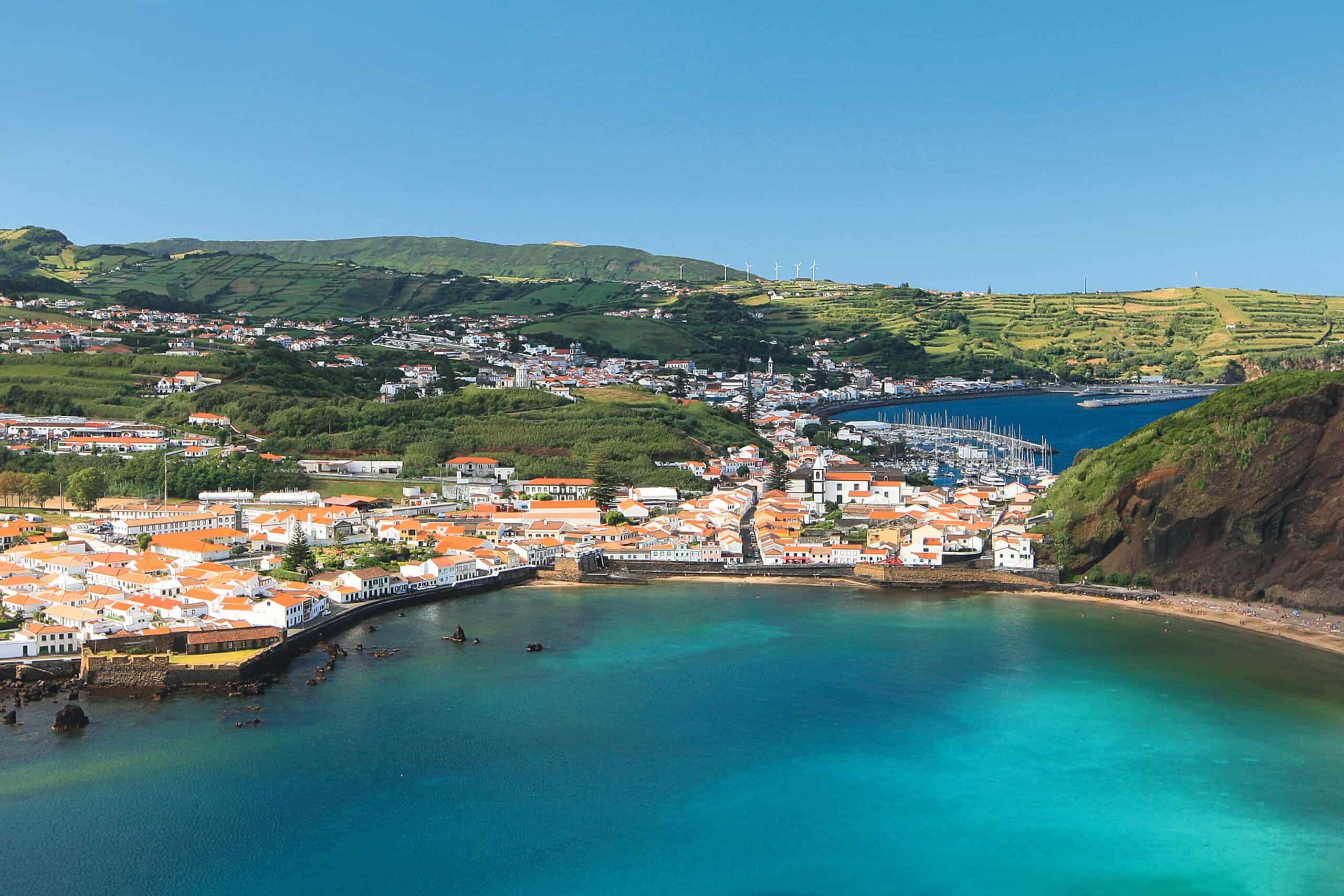 The first settlements were established on Faial in the 1460s – the sheltered bay at Porto Pim was an obvious anchorage which eventually grew into the present-day harbour town of Horta. The etymology of the name Horta is often disputed – some say it’s a derivation of ‘Huerter’: the surname of Josse van Huerter, the Flemish first Captain of the island. Others point to the Latin Horta, as in ‘Horticulture’, and it was the cultivation of wheat and cereals which really establish the island’s economy.
The first settlements were established on Faial in the 1460s – the sheltered bay at Porto Pim was an obvious anchorage which eventually grew into the present-day harbour town of Horta. The etymology of the name Horta is often disputed – some say it’s a derivation of ‘Huerter’: the surname of Josse van Huerter, the Flemish first Captain of the island. Others point to the Latin Horta, as in ‘Horticulture’, and it was the cultivation of wheat and cereals which really establish the island’s economy.
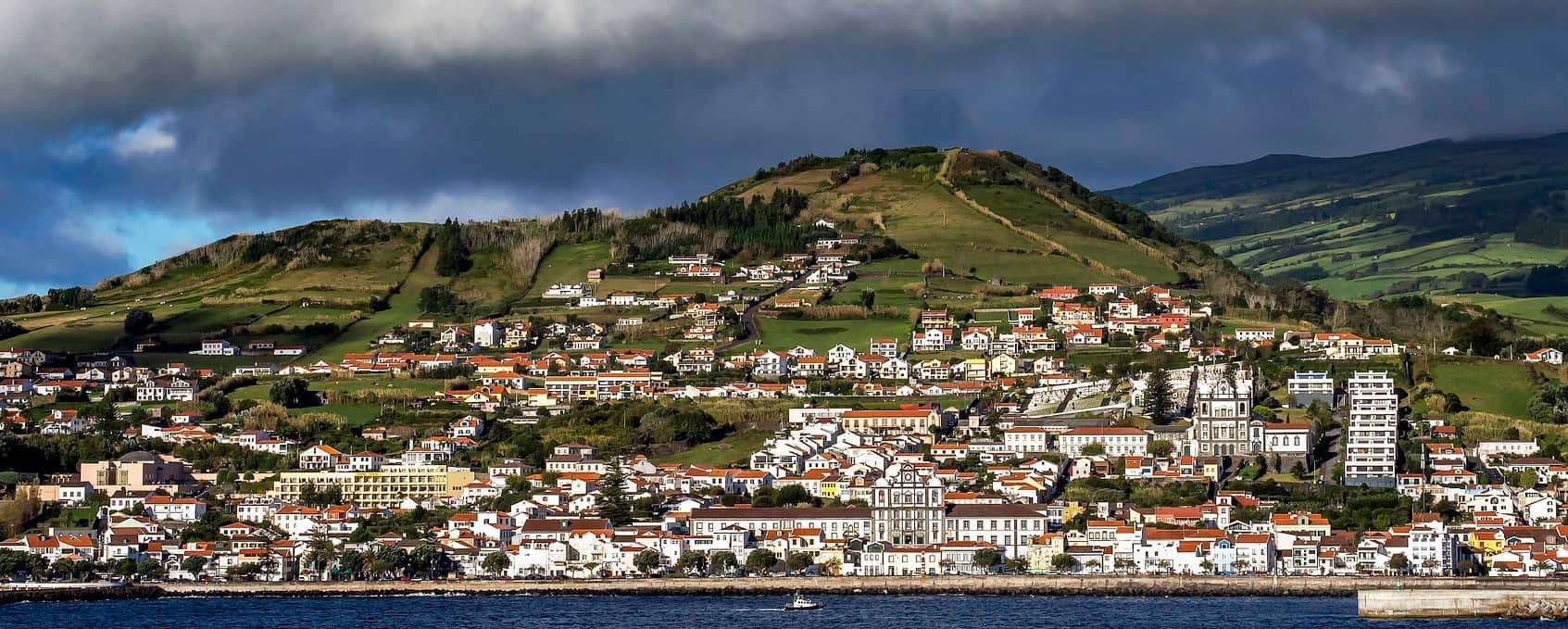 For a small and unassuming island, Faial holds a surprisingly significant place in the history of the Atlantic: as a crucial resupply point for Portuguese ships trading in Brazilian gold in the 16th & 17th centuries, as a 19th century H.Q. for telegraph cables connecting Europe with the USA, as a safe-haven for seaplanes making the first trans-Atlantic crossings in the 1930s, and as a communications hub connecting the D-Day landing beaches to the USA during the battle of Normandy in 1944.
For a small and unassuming island, Faial holds a surprisingly significant place in the history of the Atlantic: as a crucial resupply point for Portuguese ships trading in Brazilian gold in the 16th & 17th centuries, as a 19th century H.Q. for telegraph cables connecting Europe with the USA, as a safe-haven for seaplanes making the first trans-Atlantic crossings in the 1930s, and as a communications hub connecting the D-Day landing beaches to the USA during the battle of Normandy in 1944.
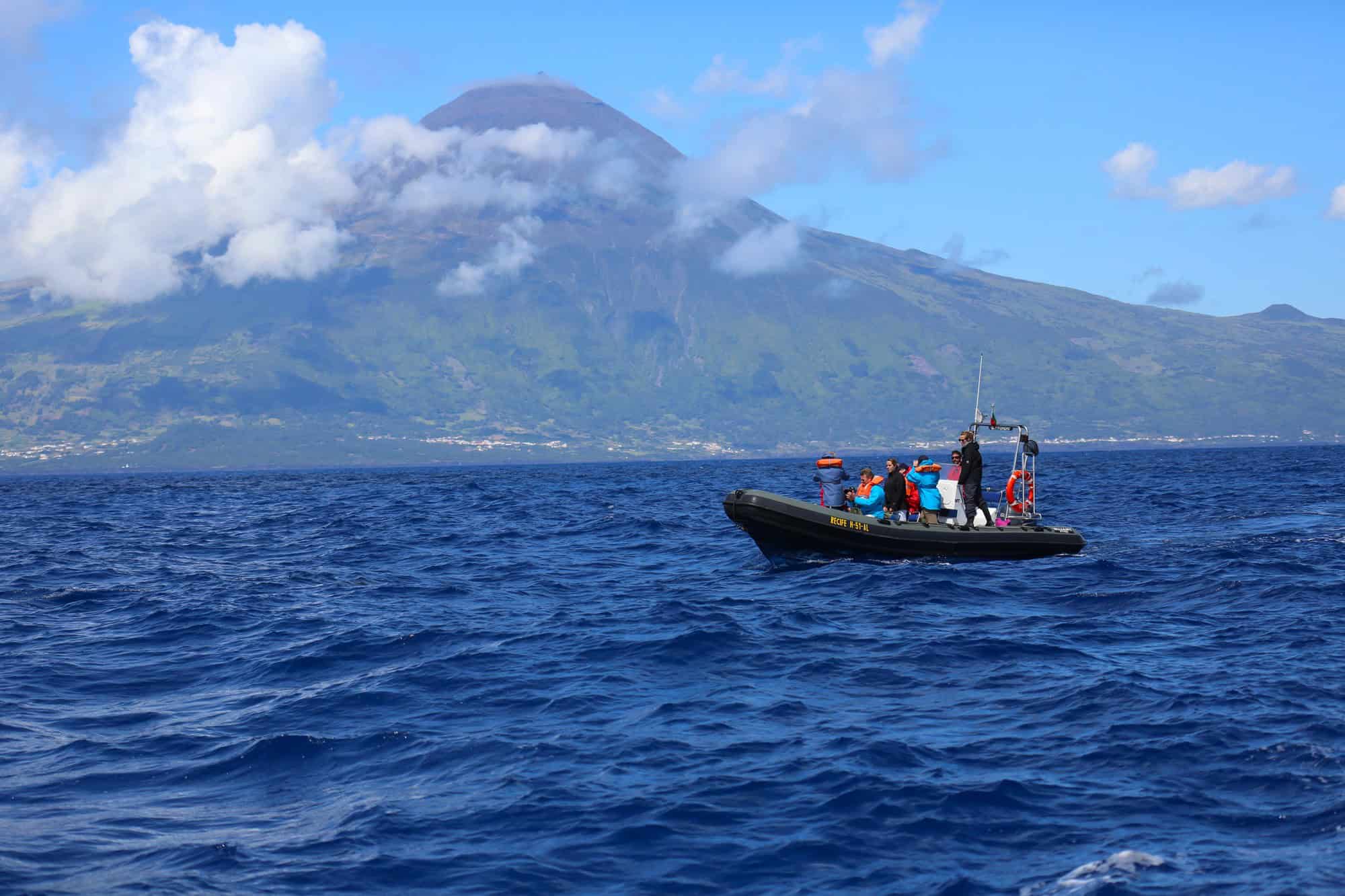 Modern-day Faial has a bustling, maritime feel and is one of Europe’s best whale and dolphin watching locations – it’s easy to add trips to a tailor-made holiday or you can enjoy a whole week of whale watching from Horta’s marina.
Modern-day Faial has a bustling, maritime feel and is one of Europe’s best whale and dolphin watching locations – it’s easy to add trips to a tailor-made holiday or you can enjoy a whole week of whale watching from Horta’s marina.
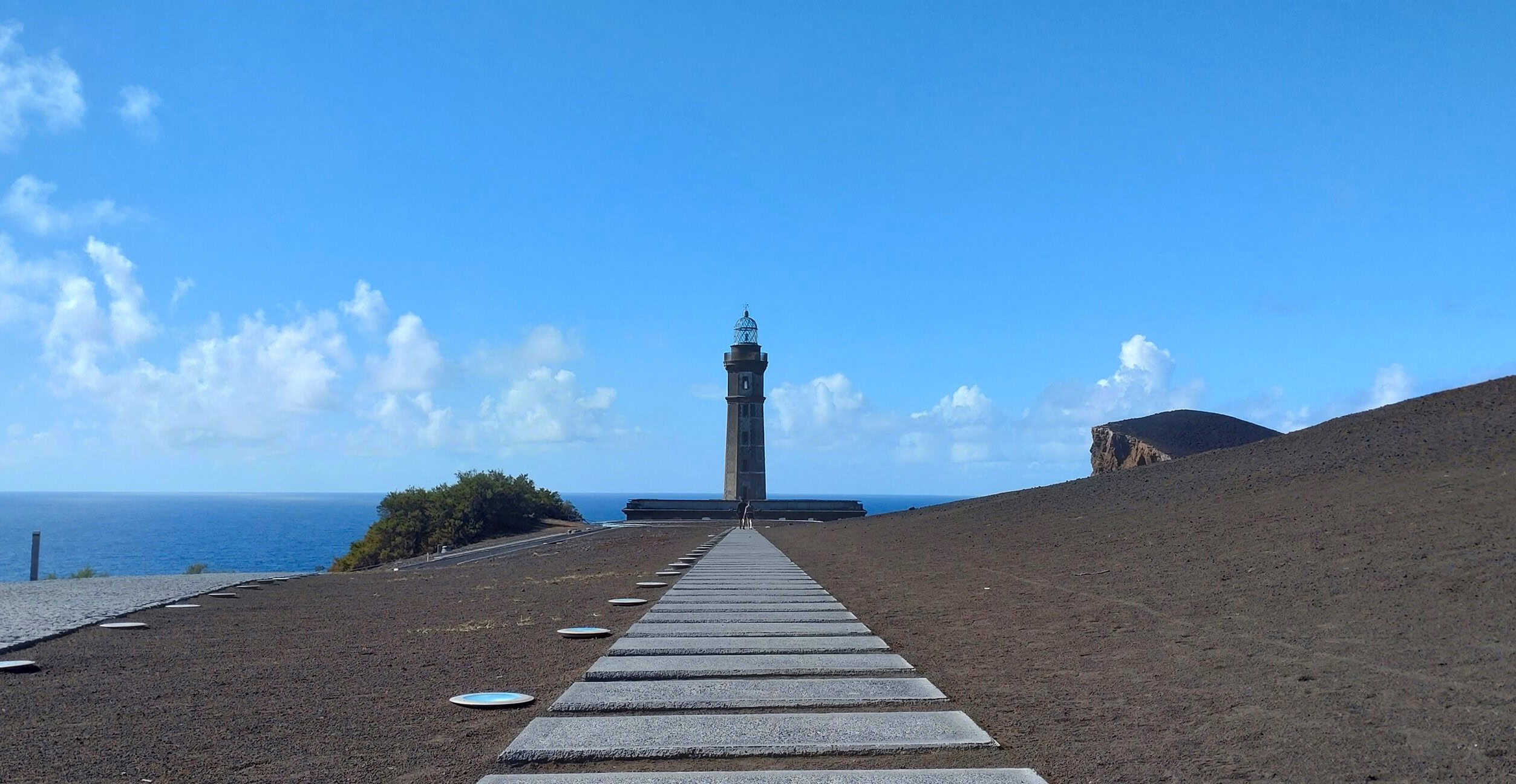 Faial’s western peninsula at Capelinhos is one of the Azores’ most arresting volcanic landscapes. Beginning in September 1957 and ending in October 1958, two overlapping volcanic eruptions created more than 2km² of new land. The Capelinhos Interpretation Centre exhibits studies, images and film from the time of the eruption – you’ll also see the erosive impact of the wind and waves have on this soft, powdered-pumice landscape as it slowly returns to the sea.
Faial’s western peninsula at Capelinhos is one of the Azores’ most arresting volcanic landscapes. Beginning in September 1957 and ending in October 1958, two overlapping volcanic eruptions created more than 2km² of new land. The Capelinhos Interpretation Centre exhibits studies, images and film from the time of the eruption – you’ll also see the erosive impact of the wind and waves have on this soft, powdered-pumice landscape as it slowly returns to the sea.
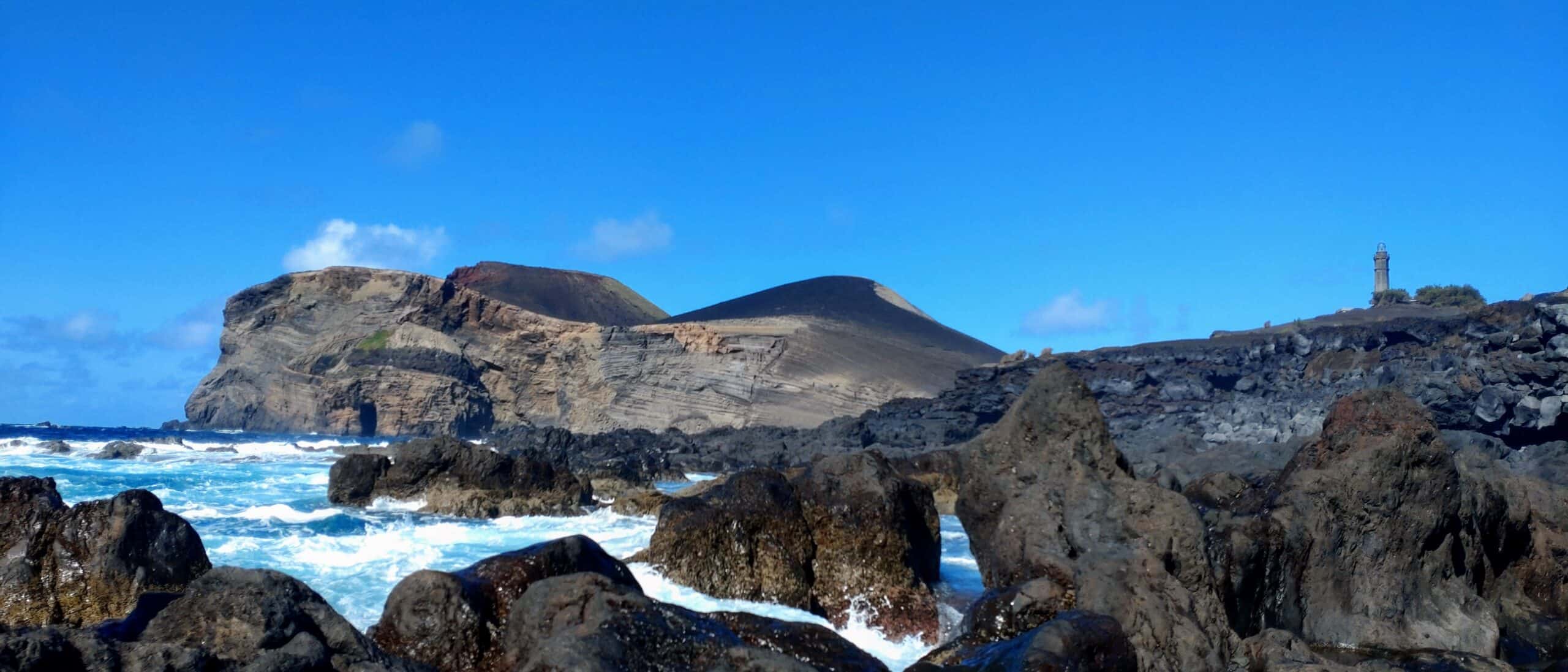









Follow us online